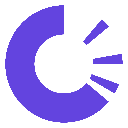-
 bitcoin
bitcoin $110047.851143 USD
-1.37% -
 ethereum
ethereum $3727.617466 USD
-1.30% -
 tether
tether $1.000961 USD
-0.05% -
 bnb
bnb $1114.045467 USD
1.72% -
 xrp
xrp $2.343280 USD
0.14% -
 solana
solana $174.674876 USD
-5.85% -
 usd-coin
usd-coin $0.999999 USD
0.02% -
 tron
tron $0.311757 USD
-2.44% -
 dogecoin
dogecoin $0.183678 USD
-3.76% -
 cardano
cardano $0.627109 USD
-2.07% -
 ethena-usde
ethena-usde $1.000300 USD
0.15% -
 hyperliquid
hyperliquid $36.865760 USD
-2.74% -
 chainlink
chainlink $16.968918 USD
-1.48% -
 stellar
stellar $0.318159 USD
0.47% -
 bitcoin-cash
bitcoin-cash $500.637224 USD
-1.56%
An article introducing the concept of blockchain and how it works
Blockchain's decentralized architecture, immutable ledger, and transparent nature revolutionize the secure and transparent recording of transactions in various domains, including cryptocurrencies, supply chain management, identity verification, and healthcare.
Oct 19, 2024 at 07:18 am
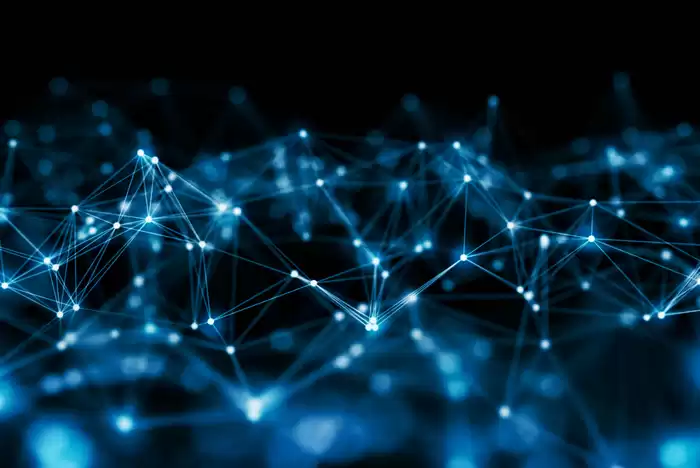
Understanding Blockchain: The Revolutionary Technology Powering Cryptocurrencies
1. What is Blockchain?
Blockchain is a decentralized, distributed database that captures and records transactions and data in a secure and transparent manner. It's a digital ledger that maintains an immutable record of digital assets such as cryptocurrencies.
2. Key Features of Blockchain
Decentralized: Unlike traditional centralized databases, blockchain is maintained by a vast network of computers spread across the globe. No single authority controls the data.
Immutable: Once data is added to a blockchain, it's extremely difficult or almost impossible to alter or delete it. This ensures the integrity and security of the ledger.
Transparency: All transactions on a blockchain are publicly visible, allowing participants to audit the system and track the movement of assets.
3. How Blockchain Works
- Transaction Creation: A transaction is initiated by a participant, such as sending or receiving cryptocurrency.
- Broadcast to Nodes: The transaction is broadcasted to nodes, which are computers on the blockchain network.
- Validation and Verification: Nodes validate and verify the transaction against predefined rules.
- Consensus Mechanism: Nodes reach a consensus regarding the validity of the transaction using algorithms like Proof-of-Work or Proof-of-Stake.
- Block Addition: Once consensus is reached, the transaction is added to a new block.
- Linked to Existing Blockchain: The block is chronologically linked to the preceding block, forming a "chain" of records.
4. Benefits of Blockchain
Security: The decentralized and immutable nature of blockchain makes it highly secure, as unauthorized changes are virtually impossible.
Transparency: The public visibility of all transactions enhances trust and accountability.
Efficiency: Blockchain reduces transaction costs by removing intermediaries, increasing transparency and reducing fraud.
5. Applications of Blockchain
Cryptocurrencies: Blockchain is the underlying technology behind Bitcoin and other digital currencies.
Supply Chain Management: Blockchain is used to track the movement of goods and ensure product authenticity.
Identity Verification: It's used to establish digital identities and prevent fraud in online transactions.
Voting Systems: Blockchain can ensure transparency and security in voting processes, preventing tampering and vote manipulation.
Healthcare: Blockchain can secure medical records, facilitate data sharing, and improve patient outcomes.
Disclaimer:info@kdj.com
The information provided is not trading advice. kdj.com does not assume any responsibility for any investments made based on the information provided in this article. Cryptocurrencies are highly volatile and it is highly recommended that you invest with caution after thorough research!
If you believe that the content used on this website infringes your copyright, please contact us immediately (info@kdj.com) and we will delete it promptly.
- XRP Price Prediction: Weekend Rollercoaster or Rally?
- 2025-10-12 08:45:16
- Bittensor (TAO): Super Bullish Signals Point to Potential 2x Rally
- 2025-10-11 10:25:12
- Silver Price Correction: Navigating the Dip & Identifying Key SEO Keywords
- 2025-10-11 10:25:12
- Decoding Crypto Trends: Bittensor's Bull Run, Cardano's Dip, and LivLive's Presale Buzz in 'Uptober 2025'
- 2025-10-12 08:45:16
- MoonBull: The Crypto Meme Coin Promising 1000x Gains?
- 2025-10-11 10:30:01
- Crypto Payroll Revolution: Stablecoins, Altcoins, and the Future of Salary Payments
- 2025-10-11 10:30:01
Related knowledge
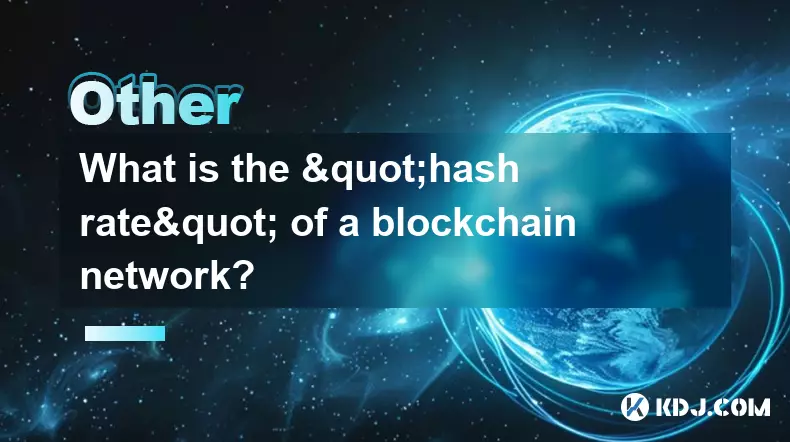
What is the "hash rate" of a blockchain network?
Oct 10,2025 at 03:55pm
Understanding Hash Rate in Blockchain Networks1. The hash rate refers to the total computational power being used to process transactions and mine new...
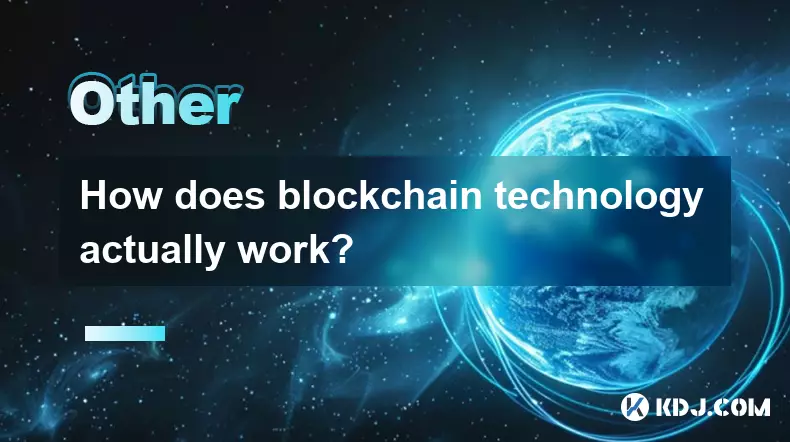
How does blockchain technology actually work?
Oct 11,2025 at 02:36pm
Understanding the Core Mechanism of Blockchain1. At its foundation, blockchain is a decentralized digital ledger that records transactions across mult...

What is a token economy?
Sep 20,2025 at 12:18am
Understanding the Foundations of a Token Economy1. A token economy in the context of cryptocurrency refers to a system where digital tokens are used a...
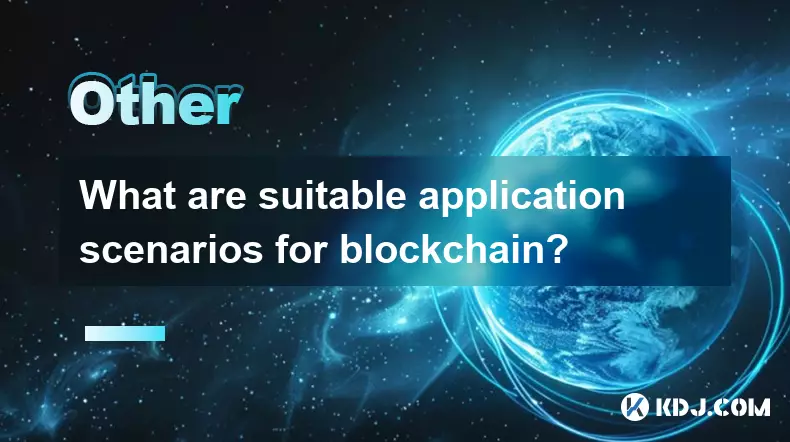
What are suitable application scenarios for blockchain?
Sep 20,2025 at 03:19am
Decentralized Finance (DeFi) Platforms1. Blockchain enables the creation of financial services without centralized intermediaries, allowing users to l...
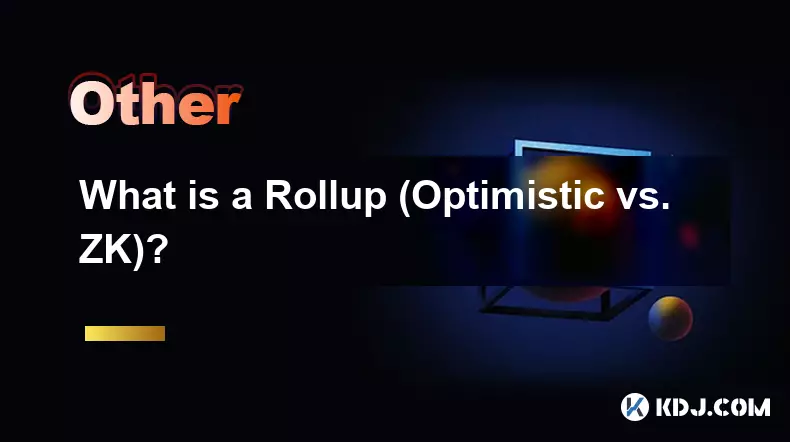
What is a Rollup (Optimistic vs. ZK)?
Sep 22,2025 at 03:00pm
Understanding Rollups in Blockchain Technology1. Rollups are layer-2 scaling solutions designed to increase transaction throughput on blockchains like...
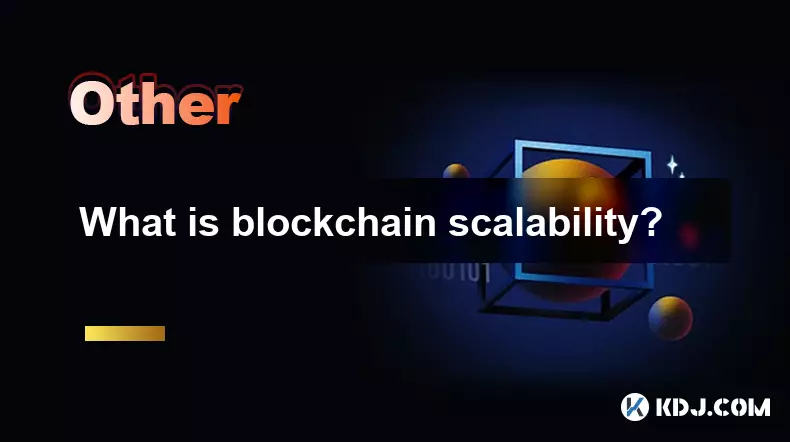
What is blockchain scalability?
Sep 19,2025 at 06:18am
Understanding Blockchain Scalability1. Blockchain scalability refers to a network's ability to handle an increasing number of transactions without com...

What is the "hash rate" of a blockchain network?
Oct 10,2025 at 03:55pm
Understanding Hash Rate in Blockchain Networks1. The hash rate refers to the total computational power being used to process transactions and mine new...

How does blockchain technology actually work?
Oct 11,2025 at 02:36pm
Understanding the Core Mechanism of Blockchain1. At its foundation, blockchain is a decentralized digital ledger that records transactions across mult...

What is a token economy?
Sep 20,2025 at 12:18am
Understanding the Foundations of a Token Economy1. A token economy in the context of cryptocurrency refers to a system where digital tokens are used a...

What are suitable application scenarios for blockchain?
Sep 20,2025 at 03:19am
Decentralized Finance (DeFi) Platforms1. Blockchain enables the creation of financial services without centralized intermediaries, allowing users to l...

What is a Rollup (Optimistic vs. ZK)?
Sep 22,2025 at 03:00pm
Understanding Rollups in Blockchain Technology1. Rollups are layer-2 scaling solutions designed to increase transaction throughput on blockchains like...

What is blockchain scalability?
Sep 19,2025 at 06:18am
Understanding Blockchain Scalability1. Blockchain scalability refers to a network's ability to handle an increasing number of transactions without com...
See all articles




































































